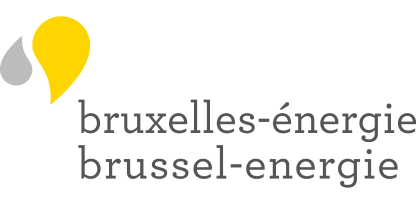How the plant works
Bruxelles-Energie’s facilities are state-of-the-art: they ensure optimal flow management and rigorous compliance with all environmental standards. There are three main flows:
A. The waste-to-steam circuit
- The waste is loaded into a hopper
- Under the force of gravity, it falls onto a feed table
- It ends up on a sloping grate and is burnt
- Ferrous metal is separated from the residue (clinker), which can then be used
- The water is turned into steam in the boiler tubes
- The superheated steam from the combustion of natural gas is sent to the turbines and the heating system
B. Flue gas treatment
- The flue gas passes through the boiler, where it is cooled
- It passes through electrostatic precipitators that remove up to 99% of the dust
- The fly ash is then recovered for use
- The flue gas is washed by two scrubbers
- The first scrubber removes acids, heavy metals and other components
- The second eliminates sulphur dioxide, dioxins, furans and any remaining acids
- Electric venturi collectors then remove any remaining dust and droplets
C. The DeNOx unit
- Nitrogen oxide emissions are broken down by injecting an ammonia solution at 240°C over a catalyst.
- They are converted into nitrogen (N2) and water (H2O).
- The water used for flue gas scrubbing is treated in the water treatment plant and an evaporative crystallisation facility. The water is then reused.
